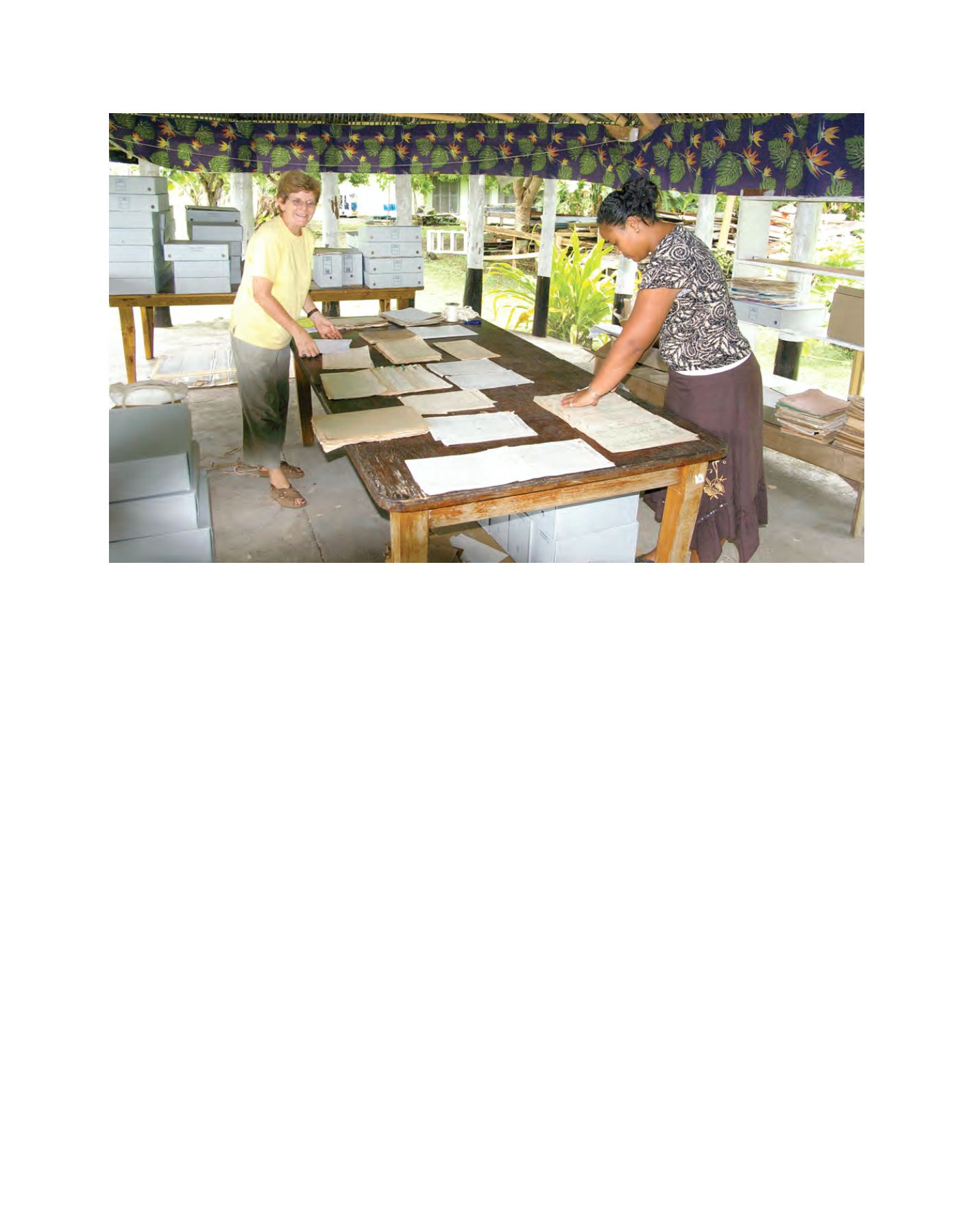

[
] 54
T
he
I
mpacts
and
I
mplications
of
C
limate
C
hange
and
V
ariability
campaigns and in working with government agencies
and industry groups that utilize the climate informa-
tion products.
Building effective dialogue between Meteorological
Services and the users of their information throughout
the various climate sensitive sectors has been recog-
nized as critically important to the overall success of
the project. Reaching out to the grassroots level is espe-
cially challenging, as there is also a need to link climate
information with traditional knowledge and indicators.
Fostering trust between provider and user can
be encouraged in several ways; regular face to face
contact instils a sense that the user is a valued client
and not just one of a collective and anonymous group;
personalized emails or phone calls are particularly
effective as well. Trust also depends on honesty, for
example by communicating the uncertainties and
limitations of seasonal forecasts. Users are generally
willing to accept climate information in spite of the
limitations, providing it is communicated properly
and transparently.
Importance of data
One cannot stress too highly the importance of
measurements and data to the success of building
indigenous capability in seasonal prediction and
adaptive capacity to climate change. The availability
of adequate climate data is fundamental: time-series
of key climate variables that are relatively long (at
inces, particularly in 2003 and 2004. Malaria is now also being
reported at higher altitudes. This pilot project aims to determine
whether malaria epidemics in the Solomon Islands are related
to rainfall and other hydro-climatic variables during particular
phases of ENSO, and then to determine whether or not such rela-
tionships can be used to develop an early warning system for
predicting heightened risk of a malarial epidemic, and therefore
assist in implementing targeted control strategies.
A third pilot scheme looked at sugarcane in Fiji: The sugar
industry in Fiji is totally rain fed (which is to say totally
unirrigated); consequently seasonal to interannual climate vari-
ability has a major impact on sugar production and hence on
the economy of the nation. To maximize yields, it is therefore
essential to understand how different climatic patterns affect
sugarcane growth and sugar yields, and to develop manage-
ment options that take into account the likely climatic effects
of an upcoming season. Fiji’s sugarcane productivity is espe-
cially vulnerable to extreme events such as droughts and tropical
cyclones, and the need to adapt to climate change has added
another challenge to the industry. This pilot project aims to
devise an effective mechanism for disseminating climate infor-
mation directly to the farmers in a format that will be easily
understood and can be applied in making decisions relating to
planting, replanting and harvesting.
Communication and trust
The project has also conducted in-country workshops on
improving the communication skills of meteorological person-
nel in dealing with the media, in conducting public awareness
Climate data rescue efforts in the South Pacific started with the physical sorting and archiving of the paper-based records and storing them in acid free boxes to
minimize further deterioration
Image: Rod Hutchinson
















